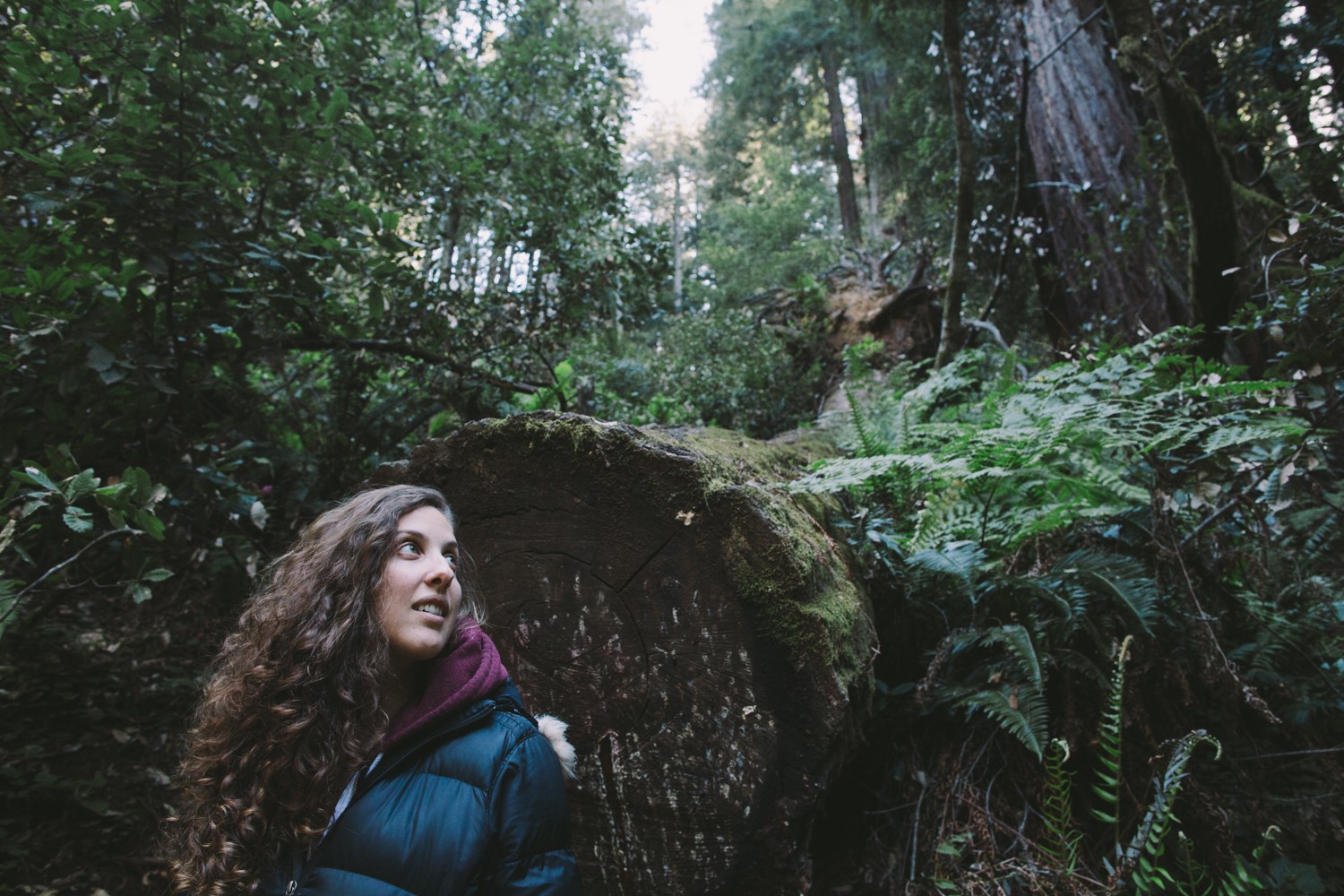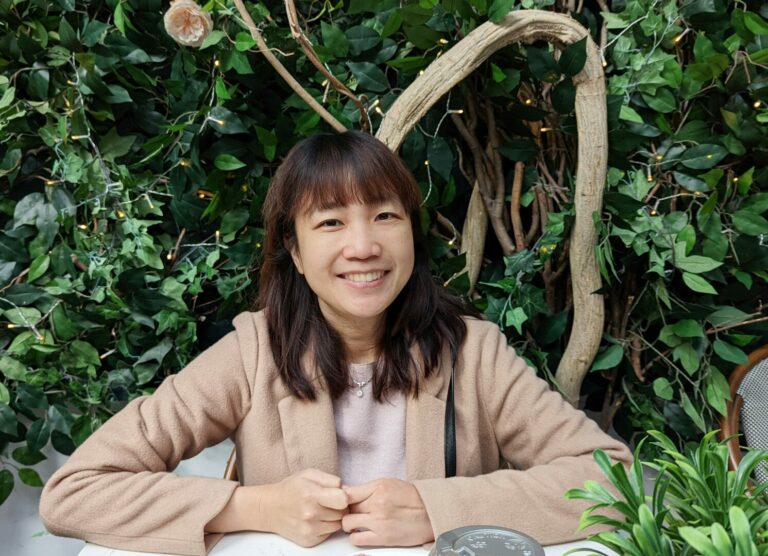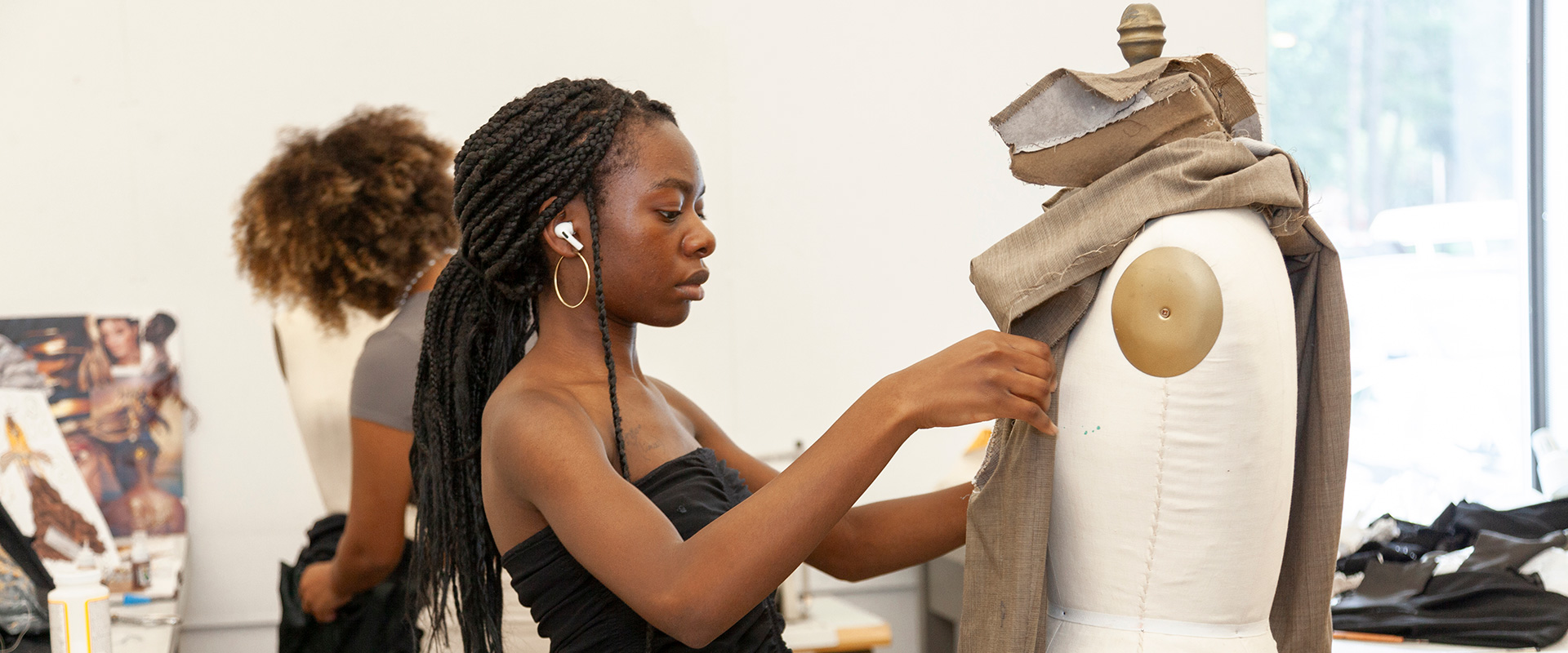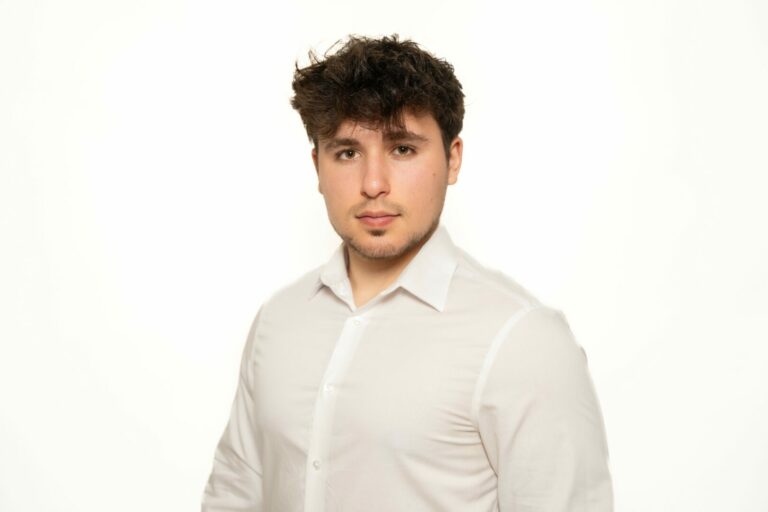We’re excited to introduce you to the always interesting and insightful Alyssa Kapnik Samuel. We hope you’ll enjoy our conversation with Alyssa below.
Alyssa, looking forward to learning from your journey. You’ve got an amazing story and before we dive into that, let’s start with an important building block. Where do you get your work ethic from?
I don’t know that I have the strongest work ethic. I’m organized and motivated to continue working for myself, and I definitely have to work hard to keep myself in business, but I don’t work hard just to be monetarily successful. What really drives me is being able to connect with other women, and make art, and try to open larger questions for women about inequality in the birthing and mothering world, about the challenge and beauty of motherhood, and about what it really feels like to go through these things.
I occasionally set a very specific goal for myself — I’ll do a certain amount of extra work, or take on work that I may otherwise turn down, in order to fund a project that I’ve been wanting to do but don’t have a paying client for. For instance, in 2021, I paid out of pocket for printing and framing 12 photographs from my Bonding Project series to hang in Seasons Midwifery Birth Center in Thornton, Colorado.
The Bonding Project is a series of photographs of black and Native women bonding with their babies. According to a 2019 CDC report, Native, Alaskan Native, and Black women have a mortality rate during or right after birth 4-5 times higher than their white counterparts after age 30. Before age 30, the mortality rates for these women during or right after birth are 2-3 times higher. The CDC itself defines this as a national issue, and says these numbers aren’t driven by education level, and it’s true for women nationwide. The numbers are a deep and painful example of systemic racism, all over our country.
Pregnancy-related deaths have spiked nearly 80% since 2018, with COVID being a major factor in the numbers. And with the end of Roe v. Wade, these numbers are only expected to increase dramatically more. We already know that states that have restricted access to abortion services had maternal death rates in 2020 that were 62% higher than in states preserving access to abortion services.
When I read the CDC report in 2019, I couldn’t stop thinking and learning about it. The best thing I could think to do is to invite black and Native women into my studio to create photographs of them bonding with their babies and young children. The goal is to hang these photographs in labor and delivery wards in hospitals, in birthing centers, and other public spaces where women go for care — women’s clinics, family doctors.
Art can’t necessarily change a racist system, but through art, we have the power to shine a light on the joy and love women bring in birthing new life. We have an opportunity to humanize women in these three communities, and to show depth and beauty in the love and intimacy these women bring to their families, to their children. We have an opportunity to empower marginalized women, to show them that they belong in medical spaces. That they are celebrated and welcomed.
The first medical space that invited me to hang my work was the Seasons Midwifery Birth Center. They were excited to have the photographs hanging on their walls, and I wanted very much to get the work out into the world. I kind of gave myself a “grant”. I had to work a little extra, hustle for a few months, to pay for the prints and frames. It’s a way of giving myself something deeper to work toward. And it’s very motivating and positive.
Currently one of these photographs is also hanging at a small women’s clinic in Denver, and I’m in talks with another Denver clinic about hanging the work there, too.
Thanks for sharing that. So, before we get any further into our conversation, can you tell our readers a bit about yourself and what you’re working on?
I worked for a few years as a reporter for public radio stations, and learned a lot about storytelling, and diving deeper for a story. I introduce myself to people as a photographer, but I think of myself as a kind of journalist. I love to have meaningful, rich, deep conversations with other women, and I’ve designed my work in a way that I often get to do that. Journalists do research and have thorough interviews for the purpose of uncovering a story, and revealing a truth we didn’t see before. I feel like I want to do that, in a sense, for each mom that comes to my studio.
I find that the photographs I take can be made more powerful and deep if I’m able to draw a woman out before or during the session. Asking real questions about what she’s been going through, how her experience of motherhood has changed her, and what she feels she needs or isn’t getting. Some women aren’t ready or available to go deep during a session, and that’s completely understandable and totally fine. Maybe she’s got toddlers climbing all over her, and maybe she’s just not in a space to speak freely about herself.
But no matter the exact type of words exchanged, I find that the sessions where women are really openhearted and present turn out the most amazing photographs. Because that’s where the love is. That’s where the deep connection lives.
The majority of my work is done in a tiny home studio at my parents’ home, in my brother’s old room. It’s a silly little room in an older house, and it doesn’t have much insulation. So I often have two heaters running at the same time, next to my giant studio light. It’s not glamorous, but I think it’s the right place for me. It’s not too fancy, and it keeps me and my clients physically close, so we can have a more intimate connection.
Connecting to women has been a lifelong project for me. And so, a few years ago, I gave myself permission to exclude men from my main work environment. I don’t invite men into my studio. The studio is a safe place for me, and I find that women are more likely to go deep, and be vulnerable and present, when their husbands aren’t present. It becomes more of a performance if there’s a man there, and I find that I don’t feel as safe being myself, either. I realize that I’m cutting myself off from more money-making opportunities not having men around, but it’s worth it to me to have my studio be a place where it’s all about the mamas. I photograph dads outside, during family sessions, in beautiful places. But my studio is a sacred feminine space, and I’m so happy to keep it that way.
Looking back, what do you think were the three qualities, skills, or areas of knowledge that were most impactful in your journey? What advice do you have for folks who are early in their journey in terms of how they can best develop or improve on these?
I didn’t go to school to be a photographer. I’m almost entirely self-taught. When I was first starting, I did hours and hours of reading online articles about how to do certain things, how to use light, what lenses are best. And if I find a style or technique that interests me, I spend time working hard to perfect it. My work has, over the years, been a lot of trial and error. I haven’t bought a new lens in years (maybe 7 years or so), and rely a lot on the equipment I already have. If I’m feeling my work is stale, or I’m in a rut, I do my best to spice things up by taking risks. But I do it within the scope of my existing business. My work brings me joy, but it’s also something I don’t feel the need to change a whole lot. I’ve found a niche that works for me right now, and I love that stability and consistency.
For support from other women photographers, I log in to a very cool online group of women photographers who help each other out, and support each others’ work. But being a photographer for me is a pretty solitary thing. I get to connect with women and families during sessions, but it only lasts about an hour in person, and then I go back home to edit solo. That actually works incredibly well for me. I’m a true introvert, and have social anxiety, so these short spurts of social interaction are just the right set-up for me. Sometimes I wish that I could share the responsibilities of the business with another person, or have someone to help boost my morale, but I also treasure my ability to just do what I choose with my time, and work when I want to work.
Right now, for instance, I’m able to do this interview because my kid is sleeping. I try not to work when he’s home from school. I have very few sessions on weekends (I try to keep it to one session a weekend, and mostly do weekday sessions while he’s in school or camp), and don’t edit while he’s around. It’s a privilege to be able to be present with him when he’s with me, and I don’t take that lightly. I’ve designed my life so that I can be an available mom. I do better with my kid when I’m not thinking about work. Sometimes I need to take time away from him to do sessions or the occasional event or wedding, but I do that as little as possible.
Tell us what your ideal client would be like?
Because of the nature of my photographs, I love photographing women who are ready to go deep, and take a risk. Before I bring clients into my studio, I ask them if they’d like to take a risk in the studio, and if yes, what that risk might look like. I don’t have a particular answer in mind for this question. It’s really about what that individual human thinks of as vulnerable. Some women want to nurse their babies topless. A few clients wanted to be totally naked. But this isn’t necessarily the right kind of risk for all women.
A lot of women tell me that it’s a huge risk just to step in front of the camera. They feel self-conscious about their body, or they worry about the postpartum weight they haven’t lost yet, or their double chin. I can relate entirely to these types of insecurities. I feel them too. I get a lot of confidence from being behind the camera, and am completely overwhelmed by being photographed myself. But whatever that risk is, I want that mama to feel she is safe to take it. Maybe it’s a risk for her just to tell me that she didn’t bond as completely early on with her older child, and is afraid that the photos will reflect that. Maybe she’s worried that her kids won’t be as calm and loving as the children in the photographs she’s seen from the studio, and she’s worried that I’ll see that her kids are rambunctious or wild.
Being in the studio is a kind of rare vulnerability. These women are asking me to see them in an intimate way. And we don’t do that much in our culture. I do my very best to give comfort and joy to these women for the hour they’re in my studio. Because yes, children are rambunctious and wild. Yes, the photographs will be loving and honest and raw. Yes, they will reflect something deep in you, and you will be raw and ideally, totally yourself.
As much as the women I photograph must take a risk by coming in to be seen by me, I also have to give myself up for each session. Be totally present and engaged. Hopefully I’ll be myself, too. It’s a beautiful, complex job.
Contact Info:
- Website: alyssakapnik.com
- Instagram: https://www.instagram.com/alyssakapnikportraiture/
- Facebook: https://www.facebook.com/alyssakapnikportraiture
- Yelp: https://www.yelp.com/biz/alyssa-kapnik-portraiture-denver
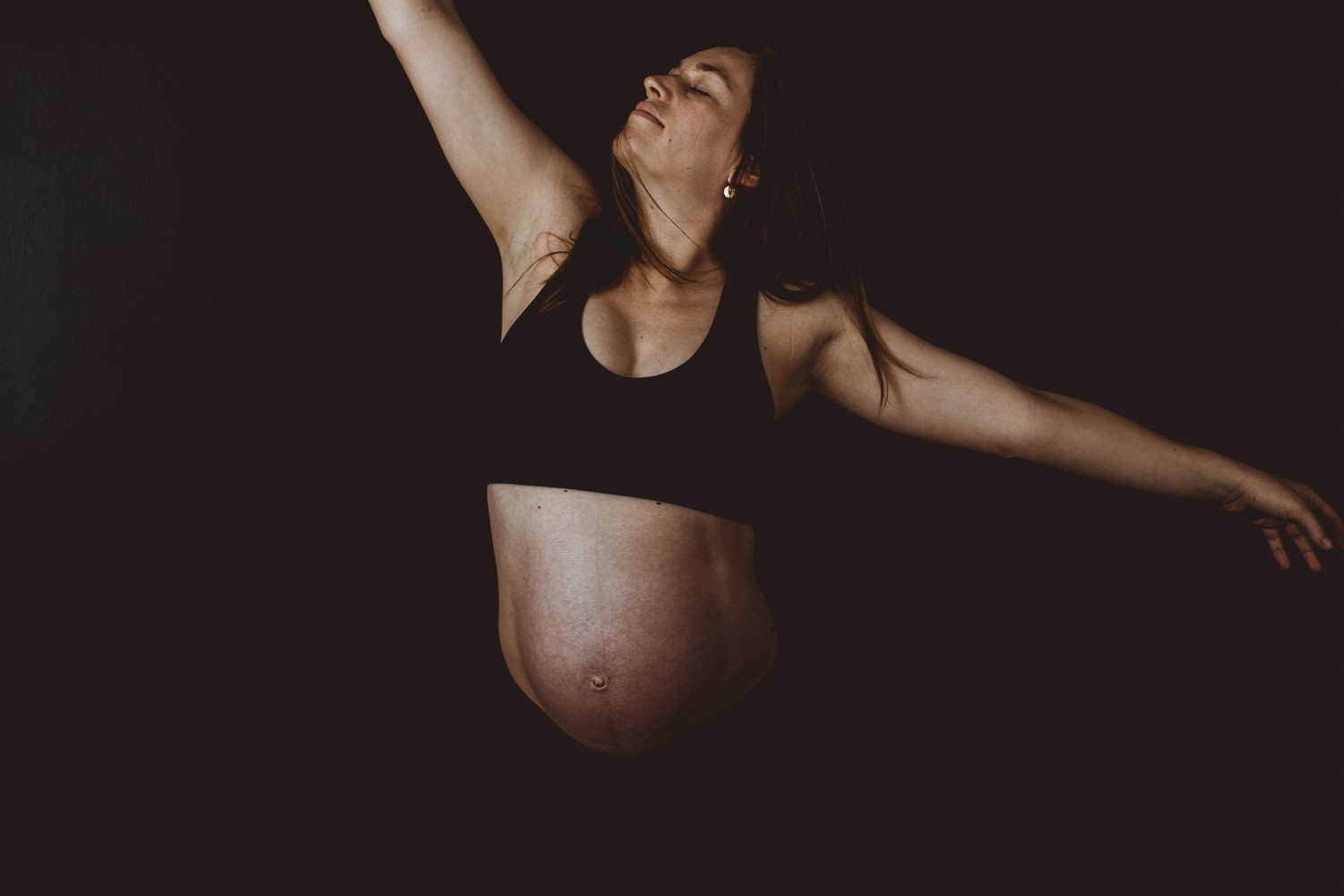
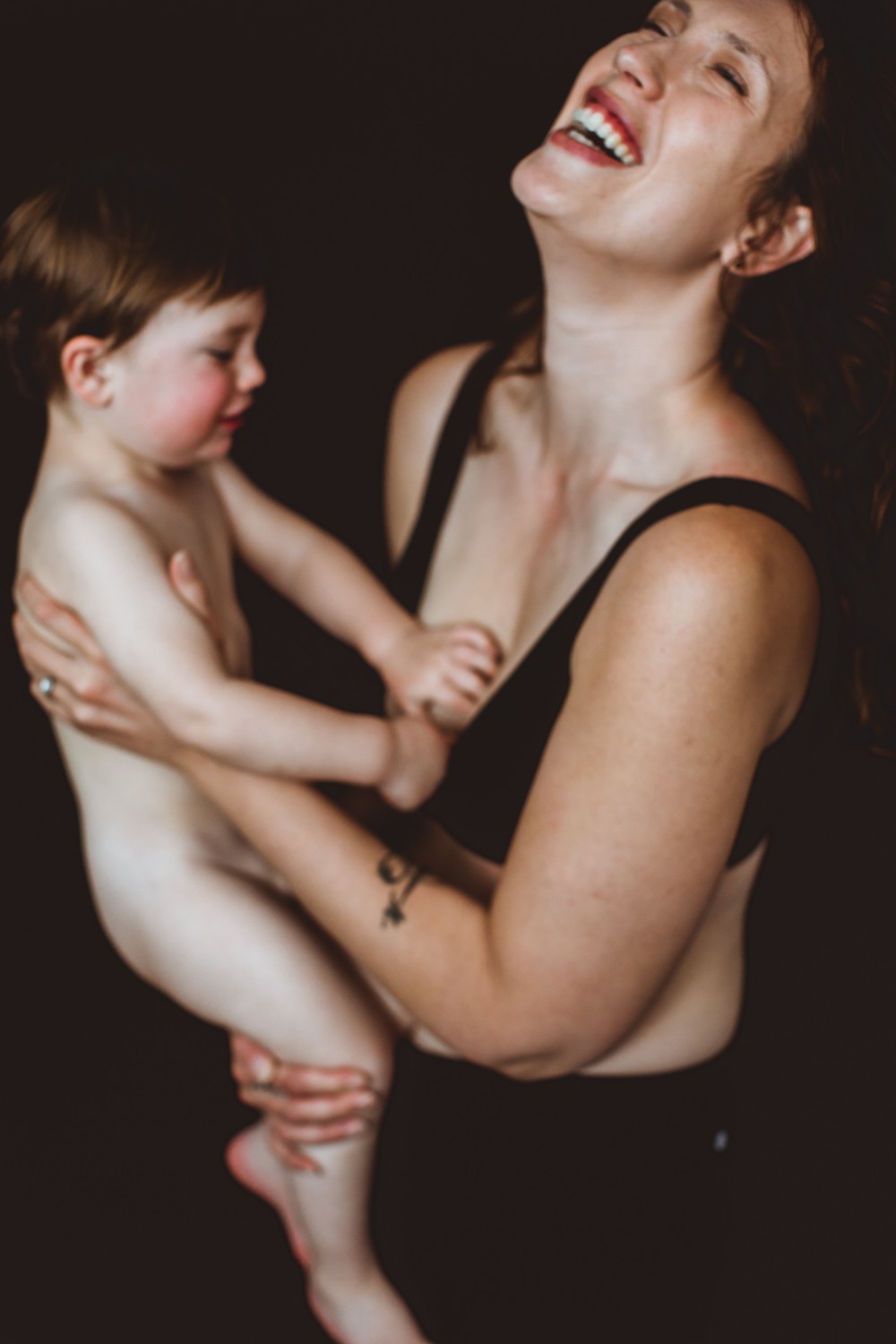
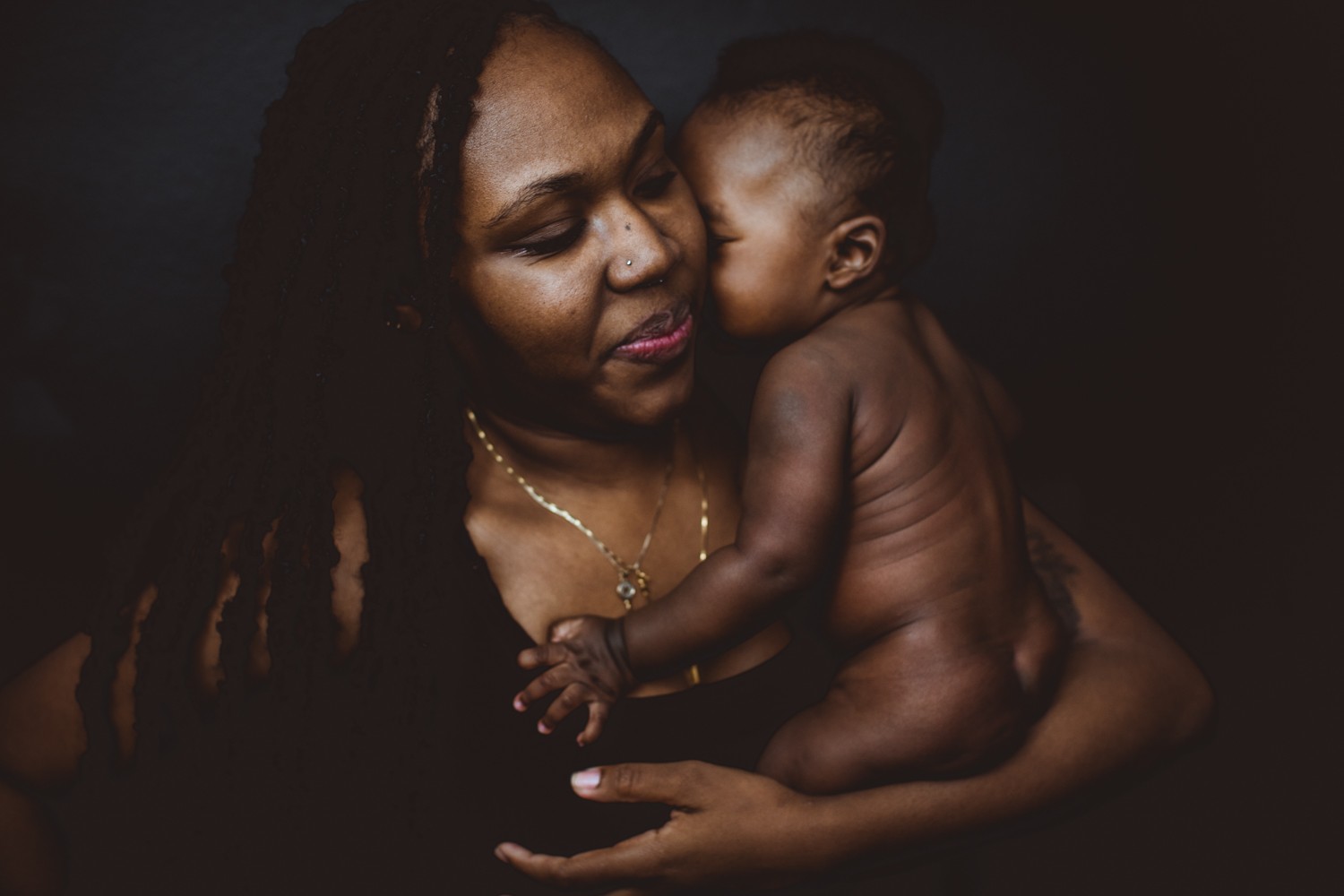
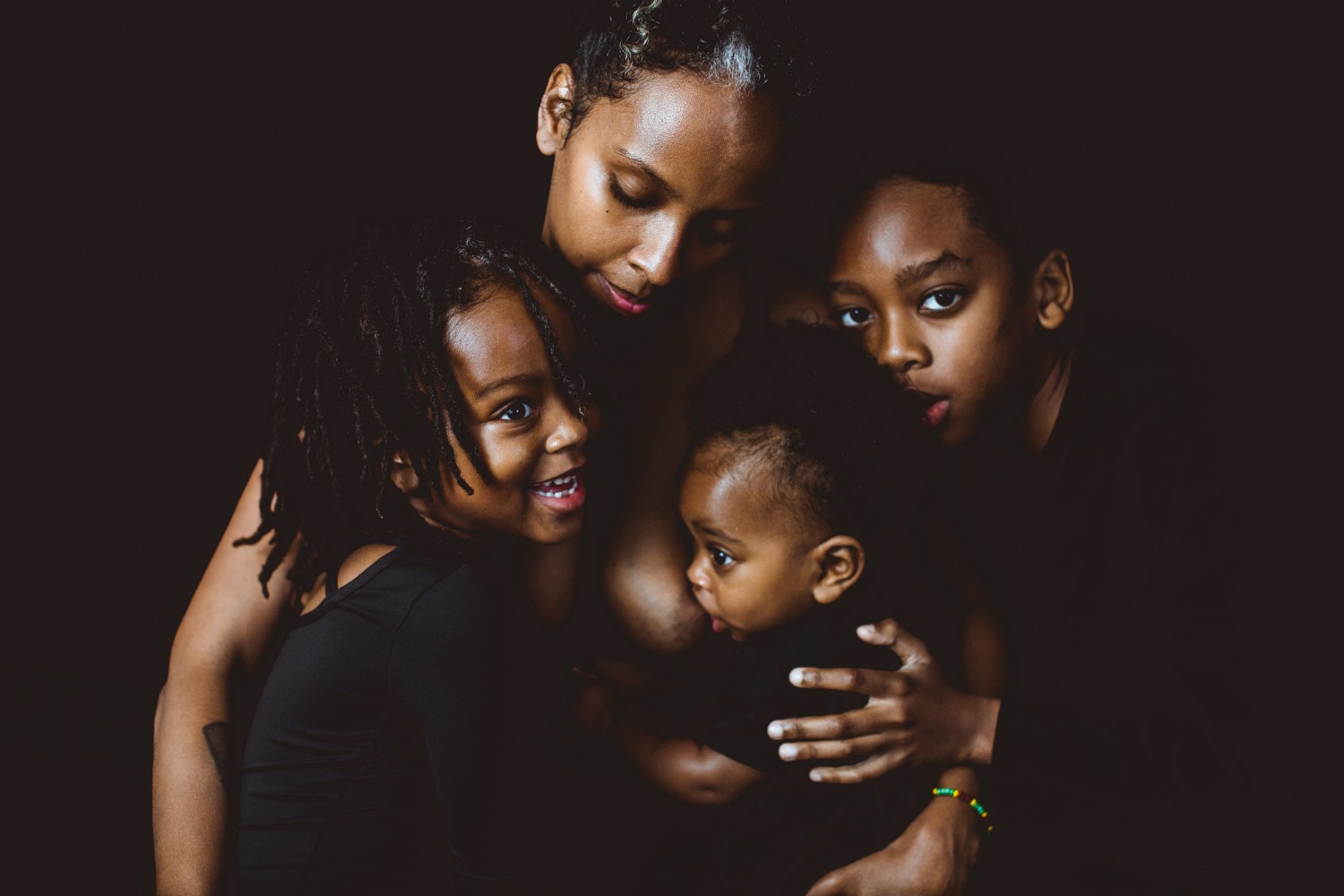
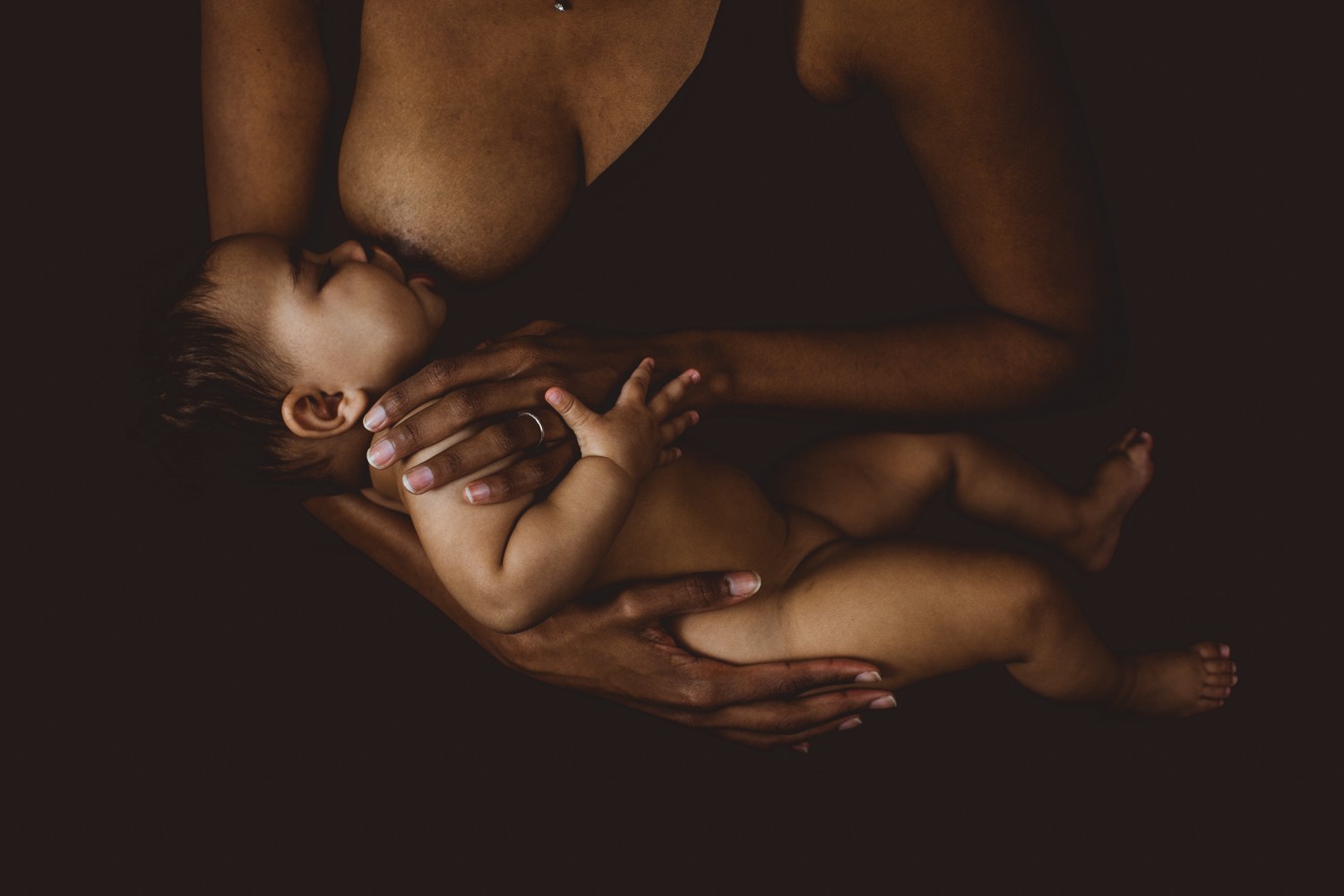
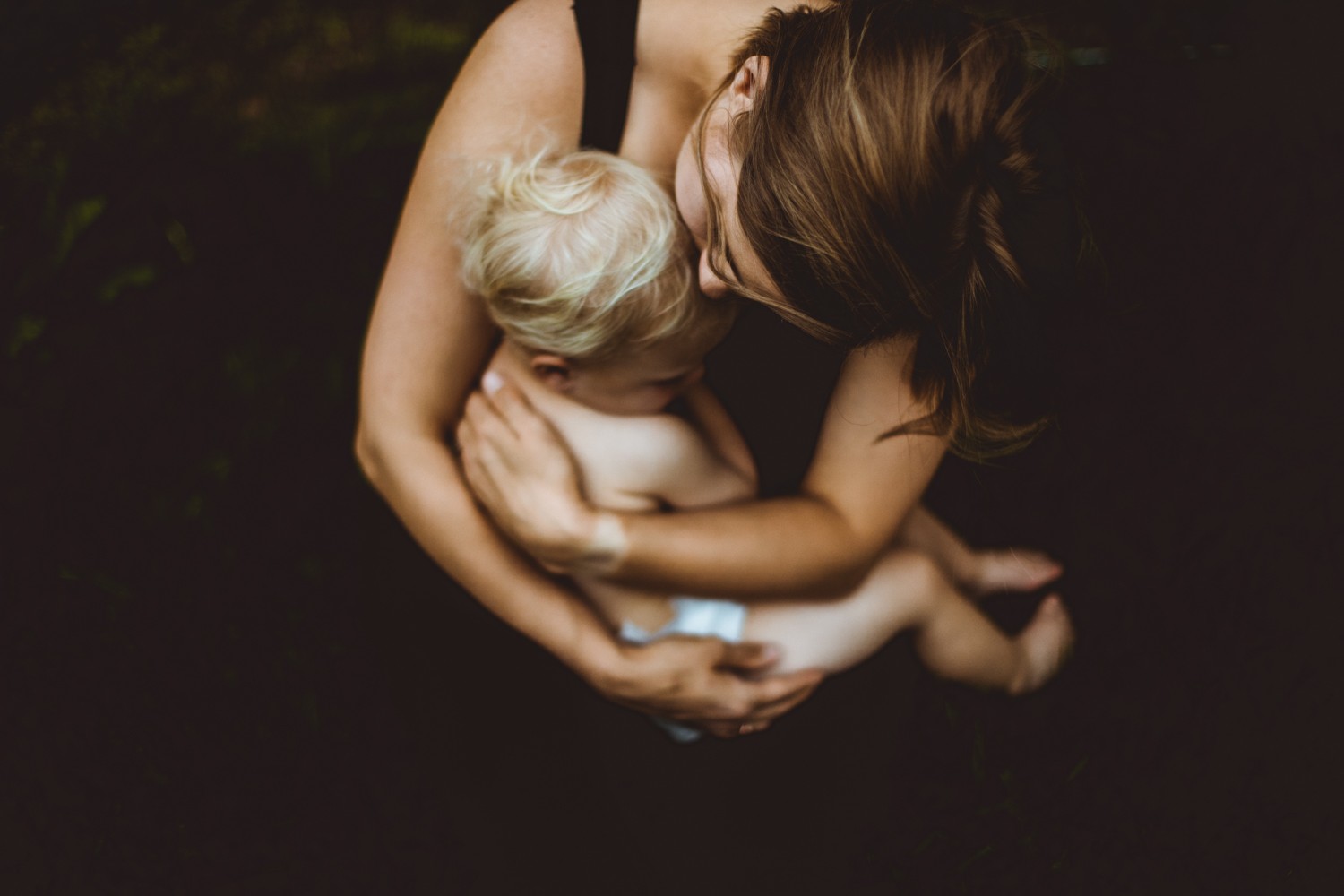
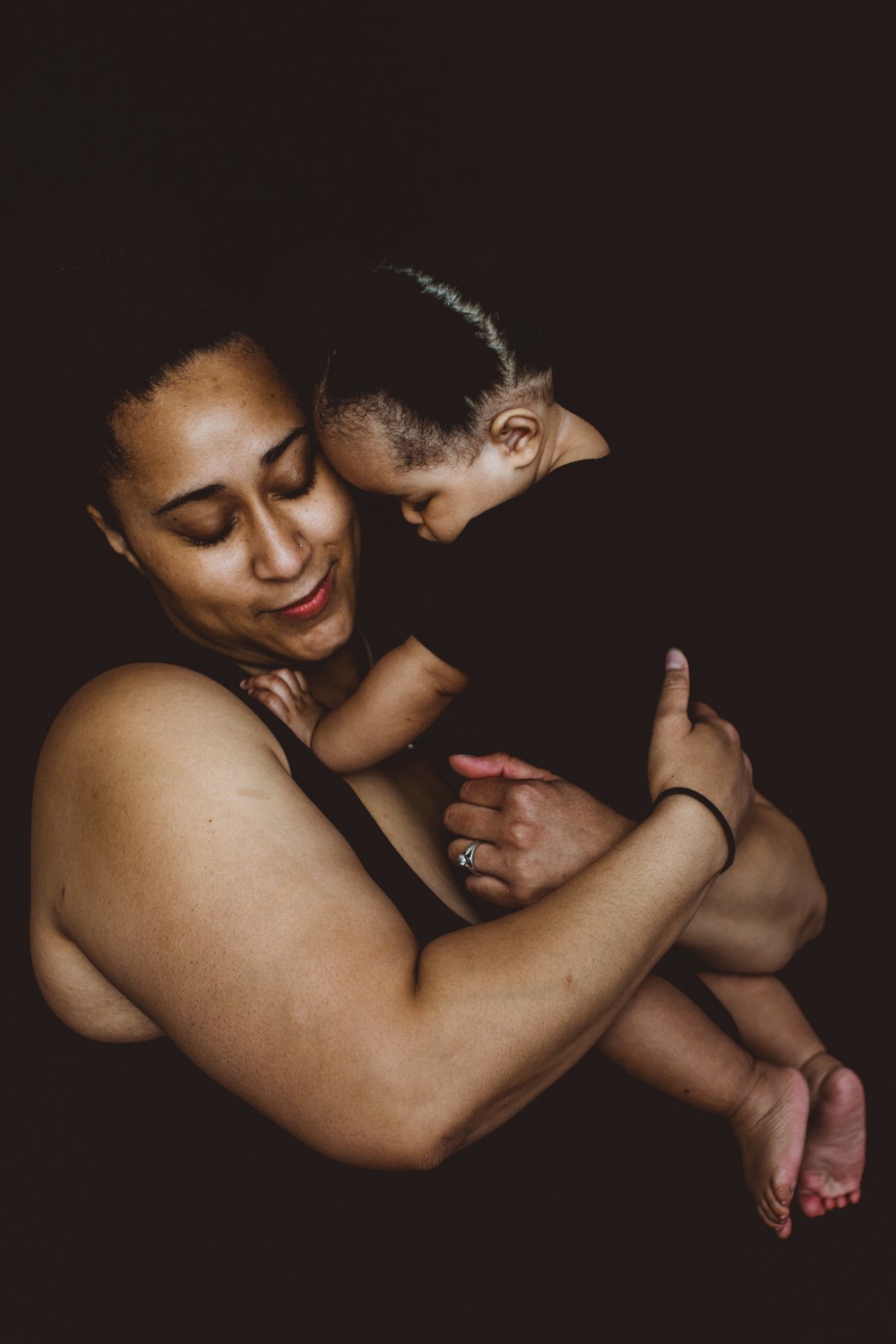
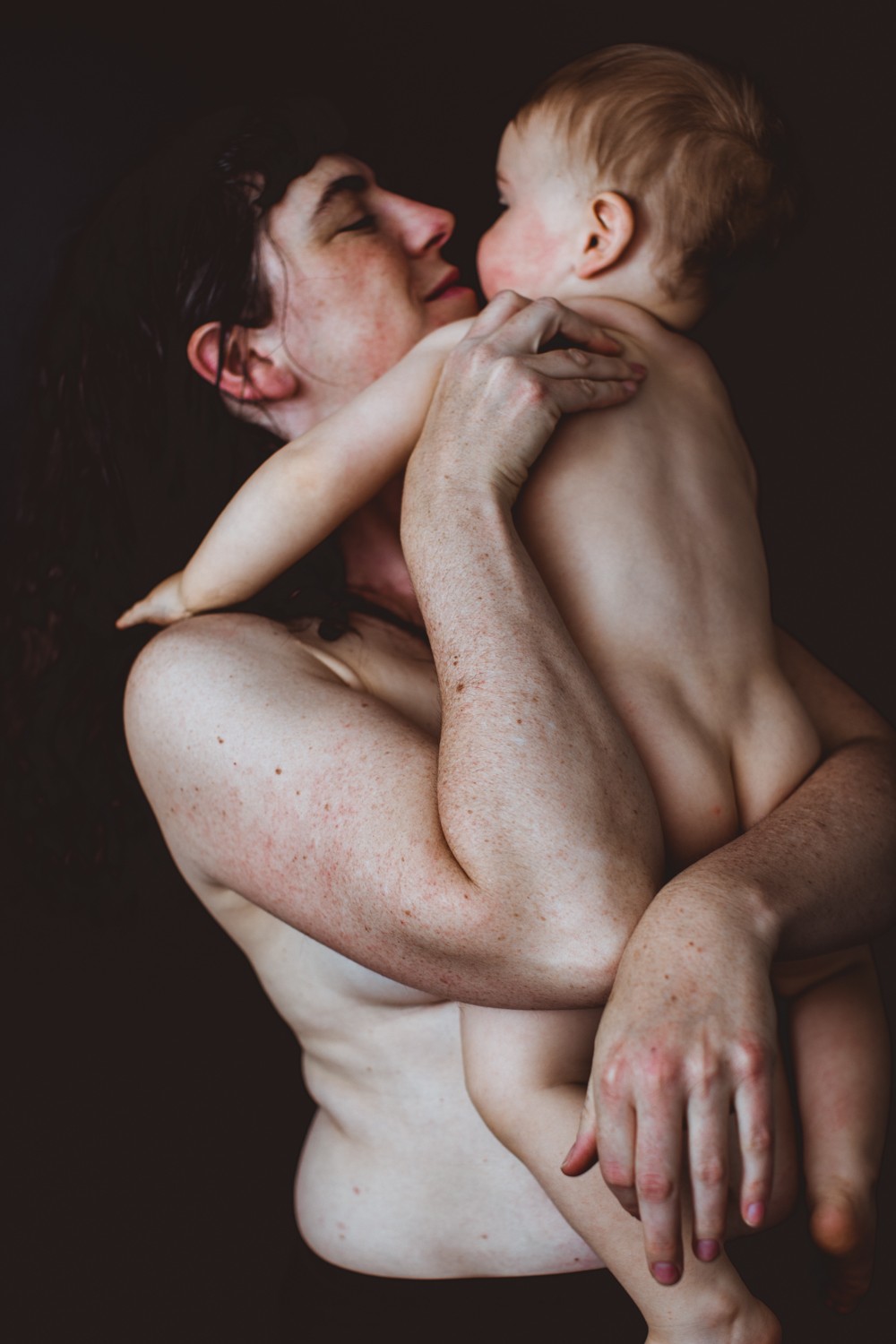
Image Credits
Alyssa Kapnik Samuel

